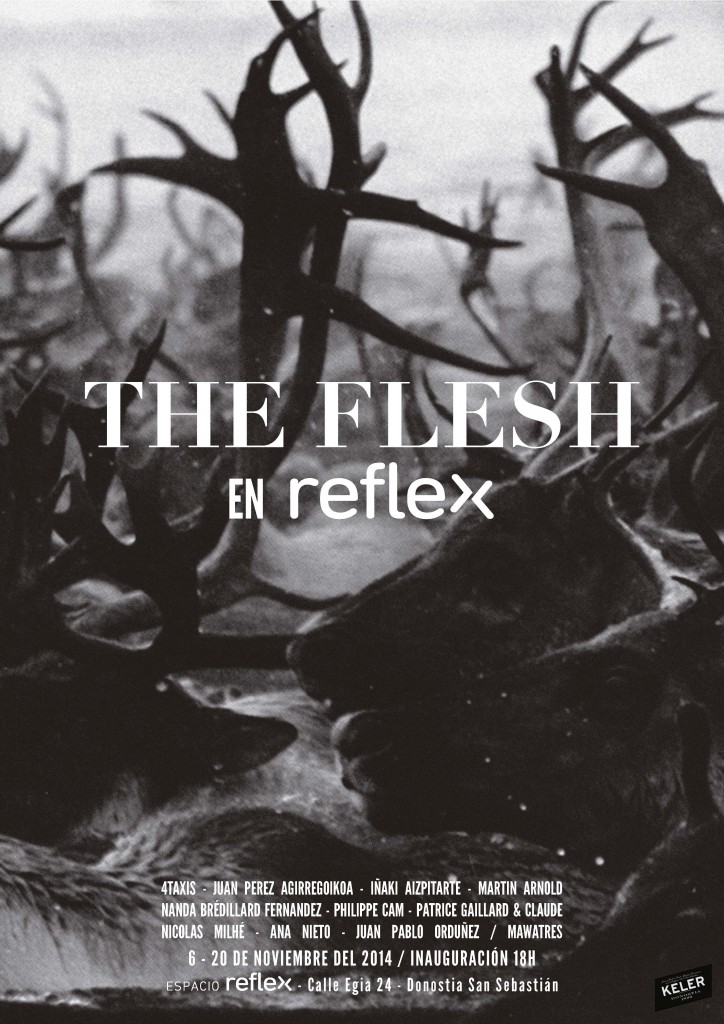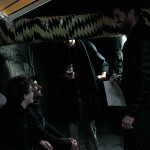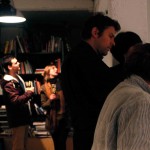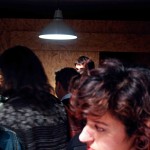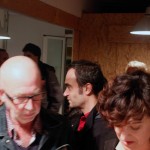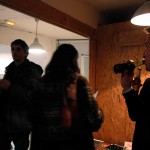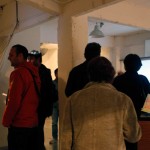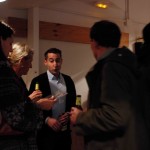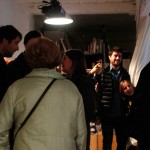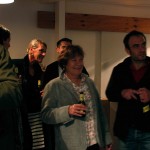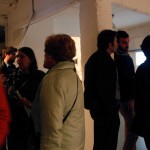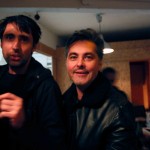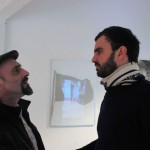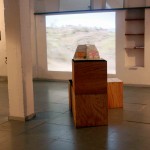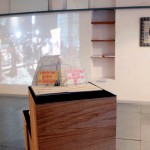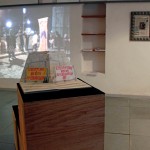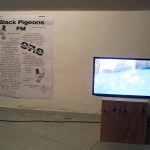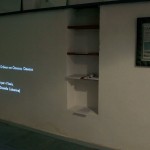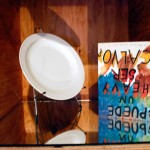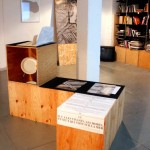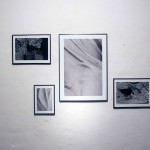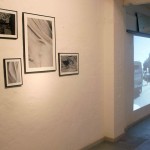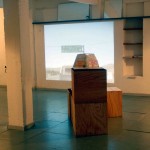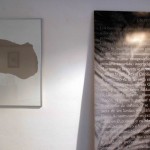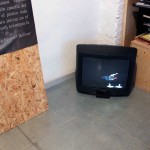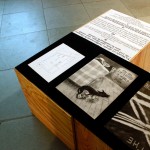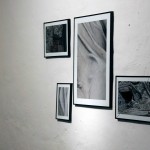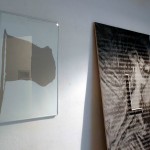The Flesh
One review / one exhibit
The Flesh is a magazine created in 2008 by Yann Géraud and Damien Mazières with the purpose to print, to give to read or to study groups of texts, images, reproductions or facsimiles, without previously considering its use value. Filled with the will to spread thoughts without hierarchy or authority, the magazine’s space defines itself for us like a space manifesto, meaning the location of the proclamation, the location of the things’ vision. The Flesh is a magazine that does materialize itself through the lack of themes, a subject’s lack deliberately claimed. The Flesh proposes a concretely abstract gaze. Filled with the desire to be an object, a printed thing, the magazine reaches fields both large and distant, the contrary of an idea most of the time illuminating it better than its equivalent.
Convinced that what does gather ourselves is often what does oppose us, we entrust the choice of the texts and/or the artworks, to people, artists, authors, who do evoke for us an important moment of the thought, literature, art or poetry, or even the workaday, but who aren’t related through any trend or movement. Following the example of this method, we do think that the reader creates the text according to the same manner the viewer creates the work, therefore the context of its display. The magazine becomes then an empty space to be filled only by the thoughts of those who consult it.
The magazine’s space could be described according to Patricia Falguières’ words in her preface to Brian O’Doherty’s White Cube. L’Espace de la galerie et son idéologie: “The four essays that BOD published in Artforum between 1976 and 1981, and that were then gathered under the collective title Inside the White Cube. The Ideology of The Gallery Space, do constitute one of the most beautiful black boxes for artists, critics, curators and collectors. In research laboratories, we named thus system whose exchanges are studied but without ever sounding out their content or intern gear mode. Like a transistor, an algorithm or a seal computer program, all you need to know is what goes in and what goes out: once connected, the black box will run the current research programs…”[3]. It is an ambiguous generosity that is described here, constituted by a mechanized, motorized void ready to receive the intelligence, the icon, the sign. If The Flesh’s editorial space doesn’t open onto anything else than what could be put inside, then it can only be rich with what’s accompanied. It is in a way a demonstrative adjective or a shifter, as demonstrates Rosalind Krauss in The Originality of the Avant-Garde and Other Modernist Myths: “The shifter is Jakobson’s term for that category of linguistic sign which is “filled with signification” only because it is “empty”. The word ‘this’ is such a sign, waiting each time it is invoked for its referent to be supplied. “This chair”, “this table”, “this…” and we point to something lying on the desk”[4]. If within the framework of an artistic exercise the object cannot be exhibited without being decontextualized, then it will be indexed. The index is a sign or a
representation referring to its object. For example, we are not looking at Robert Smithson’s Spiral Jetty but at its photography, its print, its indexing. The shifter accompanying the index, the context will designate the art; the gallery’s space will designate what makes the artwork.
1 Brian O’Doherty, White Cube. L’espace de la galerie et son idéologie. Traduction. Paris, Zurich, La maison rouge – fondation Antoine de Galbert, Jrp-ringier, 2008
2 Rosalind Krauss, L’originalité de l’avant-garde et autres mythes modernistes. Traduction. Paris, Macula, 1993
[1] Patricia Falguières, « À plus d’un titre », in Brian O’Doherty, White Cube. L’Espace de la galerie et son idéologie, (translation in French), Paris: La maison rouge – fondation Antoine de Galbert; Zurich: jrp|ringier, 2008, p. 6.
[2] Rosalind Krauss, The Originality of the Avant-Garde and Other Modernist Myths, Cambridge (MA): MIT Press, 1986, p. 197.
[3] Patricia Falguières, « À plus d’un titre », in Brian O’Doherty, White Cube. L’Espace de la galerie et son idéologie, (translation in French), Paris: La maison rouge – fondation Antoine de Galbert; Zurich: jrp|ringier, 2008, p. 6.
[4] Rosalind Krauss, The Originality of the Avant-Garde and Other Modernist Myths, Cambridge (MA): MIT Press, 1986, p. 197.
